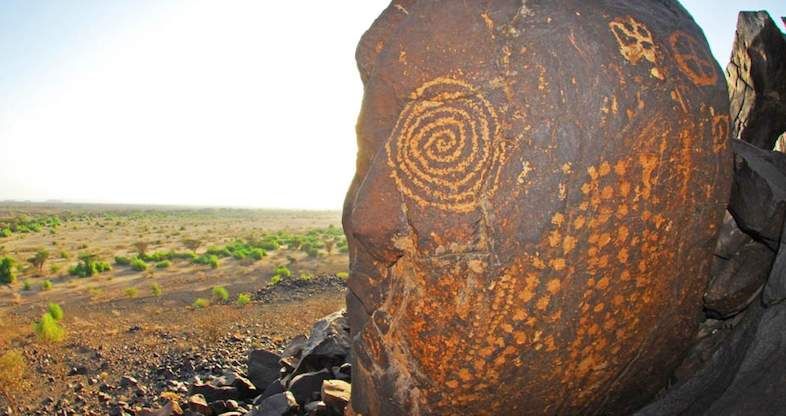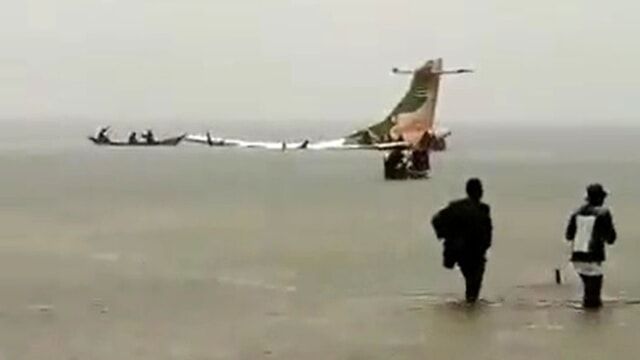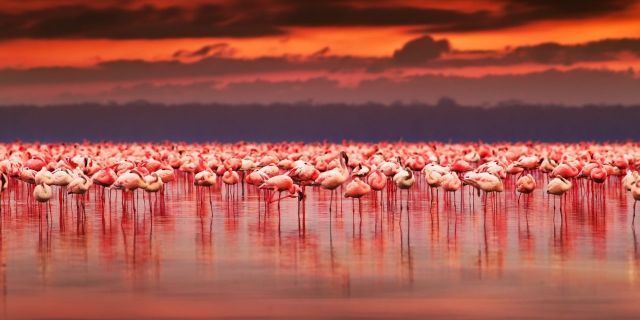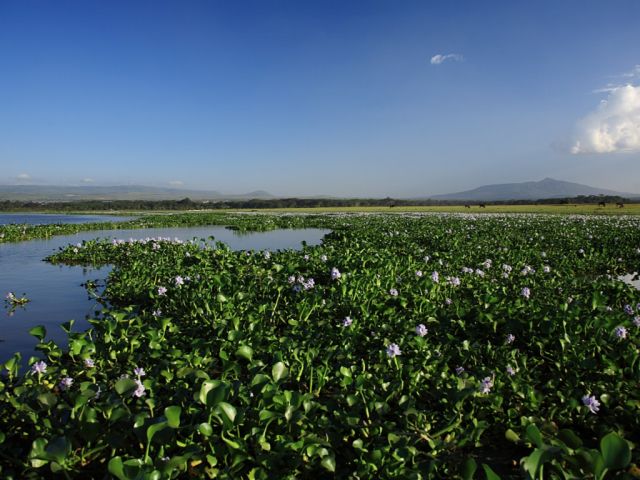
13-03-2024 by Leni Frau

Mfangano Island, one of the few in the Lake Victoria basin to belong to Kenya, is home to one of the most important and ancient archaeological sites in East Africa, defined by international researchers as the earliest form of human expression and imagination in the region and also a nexus of culture and nature.
Its rock art inscriptions appear to date back some 4,000 years and belong to one of the earliest settlements of hunters and gatherers that preceded the arrival of the Bantus in the region of the great African lake, which, with a volume of 70,000 square kilometres, is the second largest body of fresh water on the planet.
The rock graffiti on the island of Mfangano are found in two main sites: in a cave near the sea, known as Mawanga, and in a rock shelter further inland, called Kwitone.
The island's now vanished culture, an ethnic group similar to the Tuwa pygmies originating in the forests of Congo, lived there certainly until about 2,000 years ago and left indelible signs of their passage.
Especially the red, white and black concentric circles carved on the rocks of Mawanga have been studied, which according to researchers represent shamanic symbols of supernatural kingdoms. Graffiti and similar signs have been found in Mozambique and along the course of the Zambezi River as far as Angola.
A total of 36 different sacred spaces exist on the island of Mfangano. Of these, 19 are still intact and can be visited. Here, there are niches used for sacred rituals, offerings to ancestors and for storing water and food.
The island's current inhabitants, the Suba people of Bantu ethnicity, continue to venerate these symbols, demonstrating the cultural continuity that is also present on the other Kenyan island, Rusinga, known for being the birthplace of one of the fathers of the homeland, Tom Mboya. However, the original meaning and purpose for the ancestors of the island's indigenous population, the Tuwa, is shrouded in mystery, although the custodians of the site with the rock inscriptions, called the Wasamo and called 'rainmakers', still use it for weather-related rituals. The Wasamo are also the traditional sages of the island of Nzenze, a sacred place located just opposite the Cave, which they believe was 'always fertile'. Important crops were cultivated here, probably sorghum and, later, maize.
Climbing along a fairly challenging path from the archaeological site, one arrives at Kwitone, an even more protected place with important archaeological significance, run by the Wagimbe clan, who relate that it was women who created the rock inscriptions. There are also circular domes, with more graffiti, which are thought to have been used for traditional games, such as bao.
Legend has it that about 300 years ago, during a feud between the Wasamo and the Wagimbe, the latter took refuge in the cave. The women disguised themselves as men and all positioned themselves at the mouth of the cave in an attempt to intimidate the Wasamo attackers into thinking they had twice as many soldiers as they really did. To this day, the Wagimbe still visit the cave to thank and invoke their ancestors for success in their various endeavours.
From 1800 onwards, Luo fishermen arrived on the island and gradually Suba traditions faded away, with mixed marriages. Thus even the dialect, which is very different from the Luo dialect, is being lost, although a few traditional festivals and a Suba culture festival in December remain, which they would now like to revive.
ARCHEOLOGY
by redazione

Ancient works of art found on an island in Lake Victoria.
British...
LATEST NEWS
by redazione

A passenger plane belonging to Tanzanian airline Precision Air crashed this morning in Lake...
by redazione

Kenya's potential in the field of archaeological research is well known, even if above all it is those of earth, mainly connected to the important findings that concern our proto-antheniated in the area of Lake Turkana.
NEWS
by redazione

As of yesterday evening there were 3 confirmed dead and about 10 missing from the Precision...
EVENTS
by Freddie del Curatolo

Prehistoric rock art is one of the least known but most fascinating cultural attractions of this country that...
PLACES
by redazione

In the Luo dialect it means "the sunken village", the "Simi Nyaima" is a wonderful little volcanic...
WILDLIFE
by Leni Frau

The lack of tourism in Kenya fortunately does not only do harm, especially to...
FISHES
by Leni Frau

If you are a traveller in Kenya and you are used to wandering around markets or working-class...
TOURISM
by redazione

Malindi could be one of Africa's most important destinations for marine archeology.
In the depths off the north coast of Kenya are hidden secrets of over 2000 years of history.
It was already the Phoenicians, and then the ancient Romans, to...
ENVIRONMENT
by Leni Frau

Freeing lakes from a weed that restricts fish reproduction and at the same time creating biofuel to limit...
NEWS
by redazione

It is a great day for Kenyan marine archaeology.
In Malindi, three experts from Italian seabed arrived at Malindi: Sebastiano Tusa, the Superintendent of the Sea of Sicily, and his two collaborators Claudio Di Franco and Fabio Di Iorio.